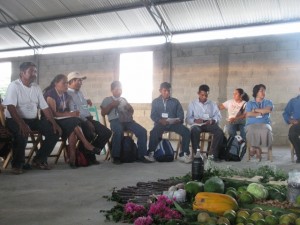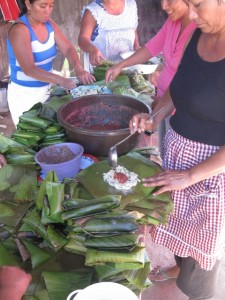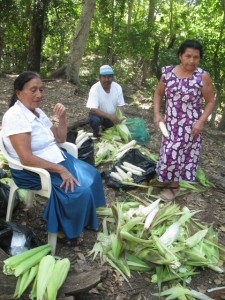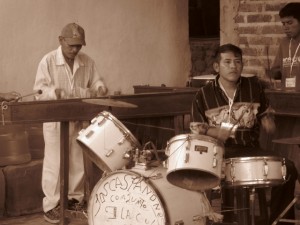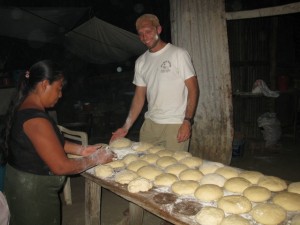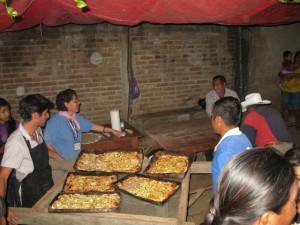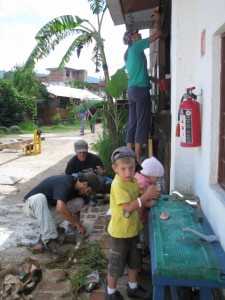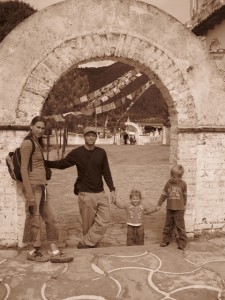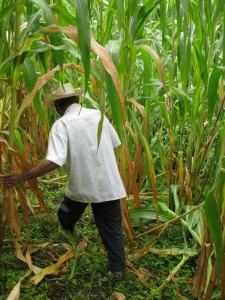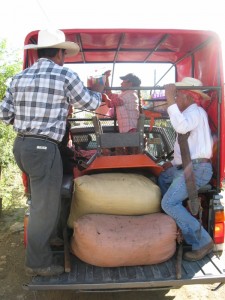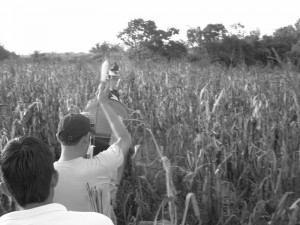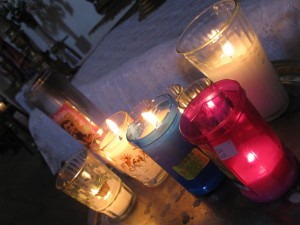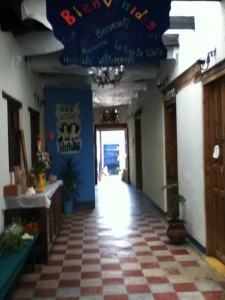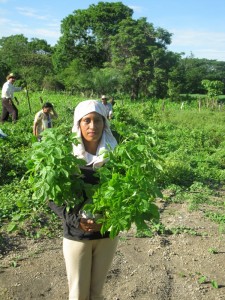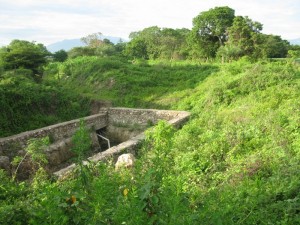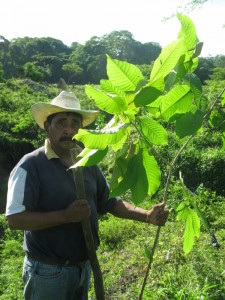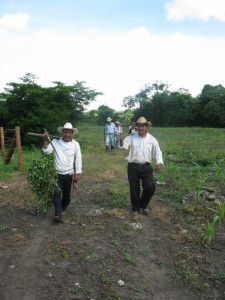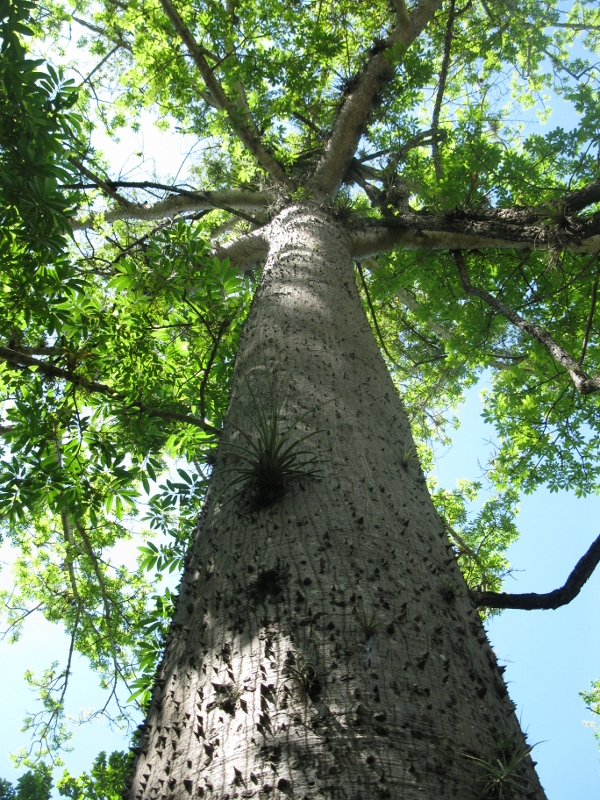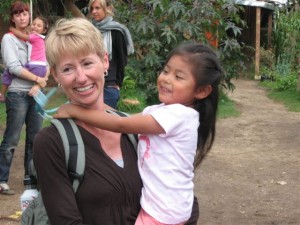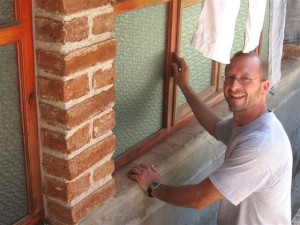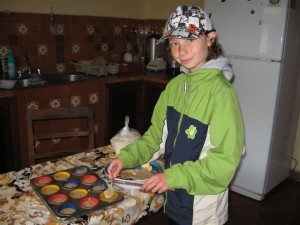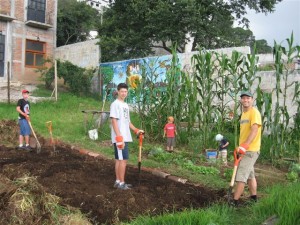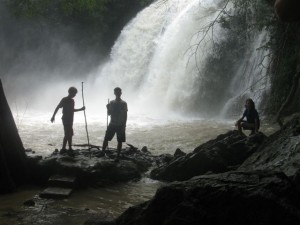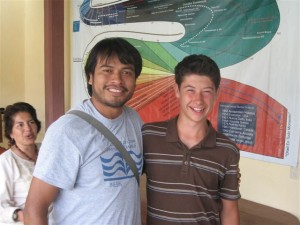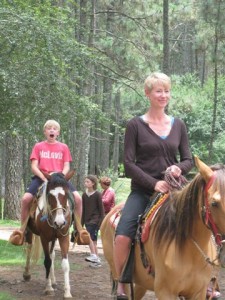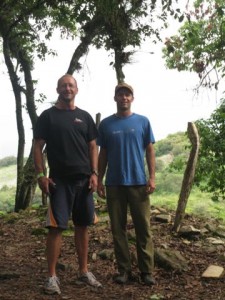There is fellowship…..friendships are born….much food is prepared with much care….culture and customs are shared….laughter and learning come naturally….”first-fruits” are offered….music abounds…..others pass by with curiosity…..guests leave with full hearts and full stomachs…..and families from the hosting group collapse into hammocks……
While the lines above could be representative of many types of gatherings that occur, these are written specifically to describe the happenings of the 2011 Encuentro Intercomunitario that took place in Pablo L Sidar November 22-25. Participants from all 7 community groups were present for 3 full days of workshops, presentations, games, retreat, and convivencia, that is, fellowship. The work (MCC project) I am involved in through INESIN values the mutual encouragement and capacity building that takes place when members of like-minded groups come together for shared learning. For folks like myself, working with an organization accompanying these groups, an encuentro such as this also offers a unique perspective into how our work takes a particular shape in each community.
What happened during the three days?
Day 0 – along with an INESIN counterpart, I drove approx. 500 kilos of food in a rental car with little suspension, crossing approx. 85 topes (speedbumps) over a 6-hour route, and then back to San Cristobal = s.t.r.e.s.s.f.u.l.
Day 1 – everyone arrived, presentations of each community, short films on agroecology, followed by marimba and dancing
Day 2 – working sessions on a) the “fruit” or impact of this project, b) historical and current trends in land tenure/management, and the pressures communities and campesinos are facing today, and c) peace-building via consensus decision-making, followed by marimba and dancing
Day 3 – retreat, games and food along a forested stream, followed by workshops on a) SOIL and WATER conservation, and b) PIZZA via CLAY OVEN, then marimba and dancing
Perhaps you noticed the trend there…yes everyone was elated that the families from San Jose Las Palmas came out with their Guatemalan marimba. It served as a wonderful accompaniment to all the gathering, laughing, and yes the dancing!
One of the most memorable moments of the Encuentro happened the morning of the 25th, during the closing time, when all the bounty (harvest, first-fruits, etc) of the ofrenda was shared amongst all participants. First, three women elders from the host group were invited to divide and hand out all that had been offered – and they made sure that participants were each receiving a portion of the “fruits” that are not so common to their own region (remember Chiapas has hot and cool regions with differing native foods). Many folks then offered what they could in terms of bags and boxes so all had something to carry home their produce. To me it simply seemed that in the spirit of genorosity the produce, the first-fruits, had been mulitplied – each person it seemed was well-loaded, even over-loaded with gifts, one to another.
And then it was over, and those of us from INESIN along with the families from Pablo L Sidar took some time to rest, and reflect. I am grateful to the group from Pablo for all the work they did, and for the resources provided by MCC and Centro de Estudios Ecumenicos (Mexico City) to make this event possible.
On a final note, I`ll bet that if you happen to pass through Pablo L Sidar (or a certain number of other communities in Chiapas) on the weekend, you may see some signs that say “Se Vende Pizza” (pizza for sale)!

